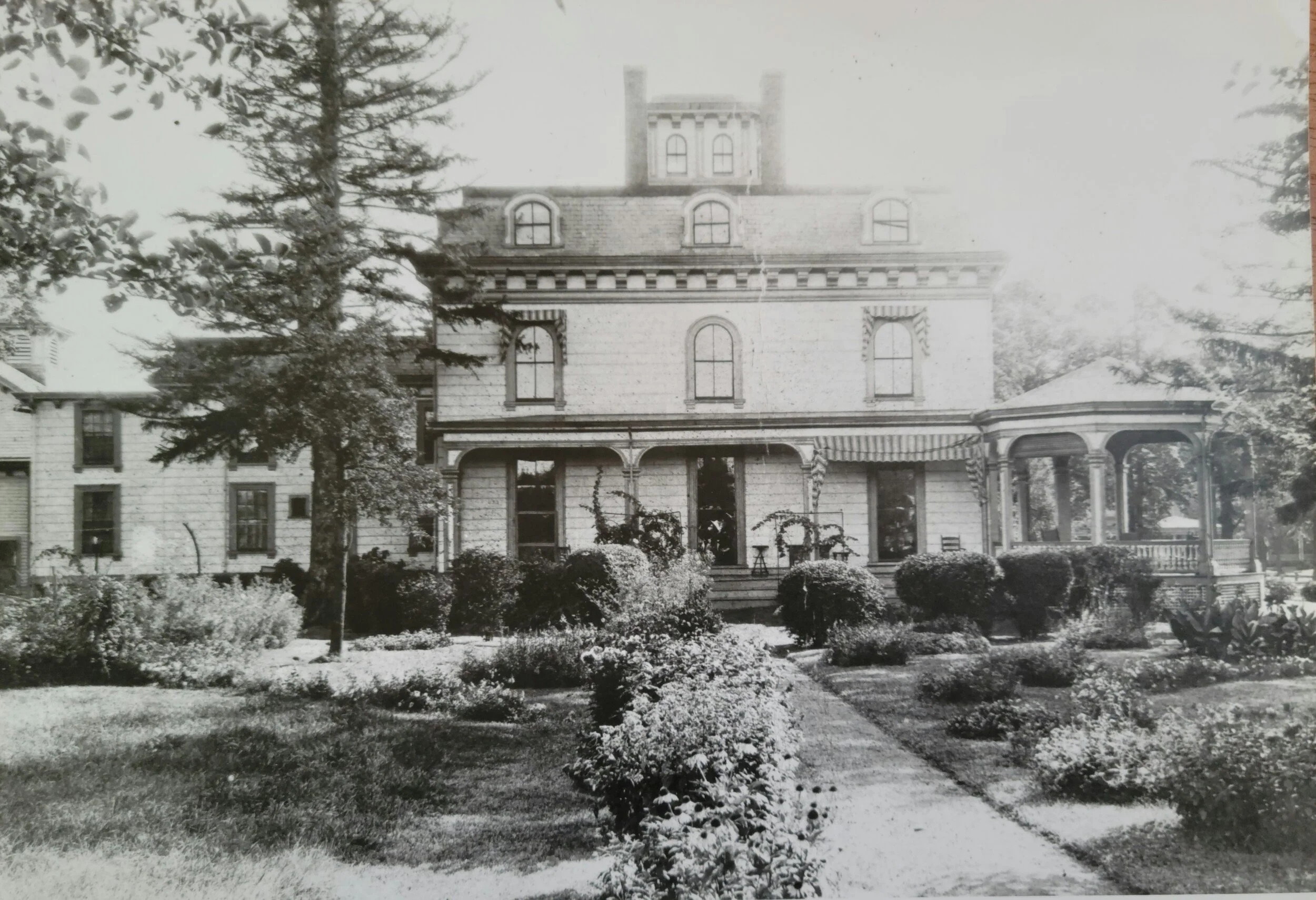
You may have heard the story that the home of Edward Walcott (1810-1876) at 88 West Central Street was a stop on the Underground Railroad. Is this a true story?
Natick on the Underground Railroad
Why does Natick want to be on the Underground Railroad?
Natick is one of the countless communities throughout North America that has at least one unverifiable yet undisprovable story linking the community, and more specifically, prominent members of the community, to the Underground Railroad. Henry Louis Gates argues that many popular stories about the Underground Railroad center on white people or Quakers, casting Black refugees as passive recipients of altruistic help. Gates explains that Black refugees made decisions to protect themselves and plan their course of action on the Underground Railroad. They most often received assistance from free Black people in Northern states. “Conducting” the Underground Railroad was not the popular activity that myths portray. Violating the Fugitive Slave Act anywhere in the United States during the 1850s was an imprisonable offense.
Historian Karolyn Smardz Frost writes in her chapter, “The Underground Railroad and the Creation of Public Memory,” that understanding history and heritage is often influenced by strong emotions tied closely to patriotism, family pride, and a general sense of community. Edward Walcott’s granddaughter would understandably want to believe her relative played a role in helping formerly enslaved refugees gain their freedom. Generations of Natick residents would similarly find pride in believing a famous Natick resident, a noted abolitionist, would participate in something so important in popular memory. To many people, Walcott’s perceived actions likely give shape to a much more palatable and shareable narrative than any historical experiences of free or unfree Black Natick residents, which could lead to discussions of racism and discrimination.
But not all stories can or should be dismissed. Anthropologist James A. Delle notes that oral history and stories about the Underground Railroad can be used to find further evidence of genuine Underground Railroad sites. Furthermore, stories serve as one of the few ways that information about the clandestine activities of the Underground Railroad is passed down through generations of descendants of escaped enslaved people.
It is impossible to know if Edward Walcott’s home was a stop on the Underground Railroad. Until definitive information is uncovered, it will remain a question mark in Natick’s past.
by Gail Coughlin
The Edward Walcott House (front view). Natick Historical Society Collections
Works Cited
Delle, James A. “A Tale of Two Tunnels: Memory, Archeology, and the Underground Railroad.” Journal of Social Archaeology. Vol(8) (2018), 63-69.
Frost, Karolyn Smardz. “The Underground Railroad and the Creation of Public Memory” in Multiple Lenses: Voices from the Diaspora Located in Canada. Ed. David Divine. Newcastle: Cambridge Scholars Publishing, 2017.
Gates jr., Henry Louis. “Who Really Ran the Underground Railroad?” https://www.pbs.org/wnet/african-americans-many-rivers-to-cross/history/who-really-ran-the-underground-railroad/

